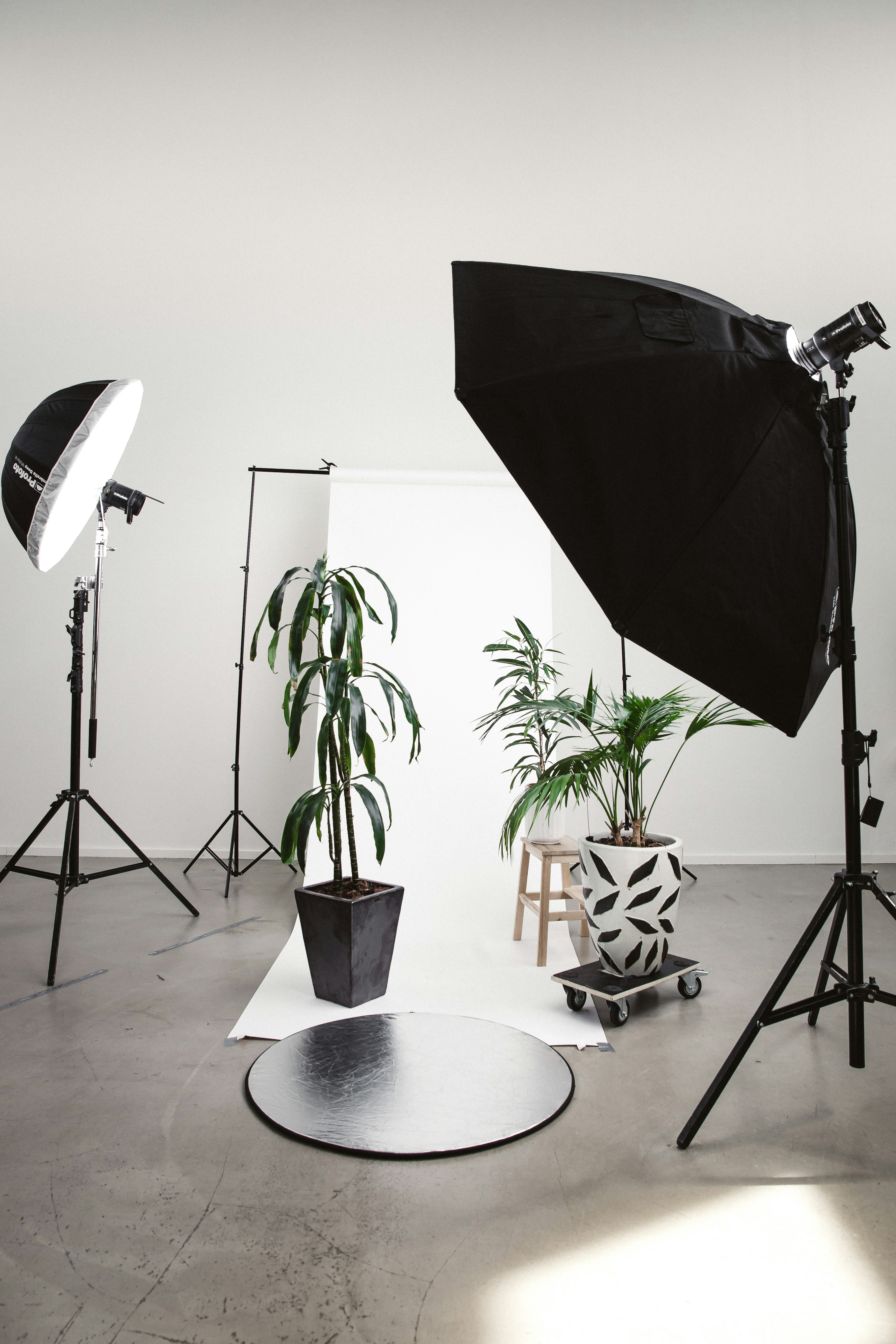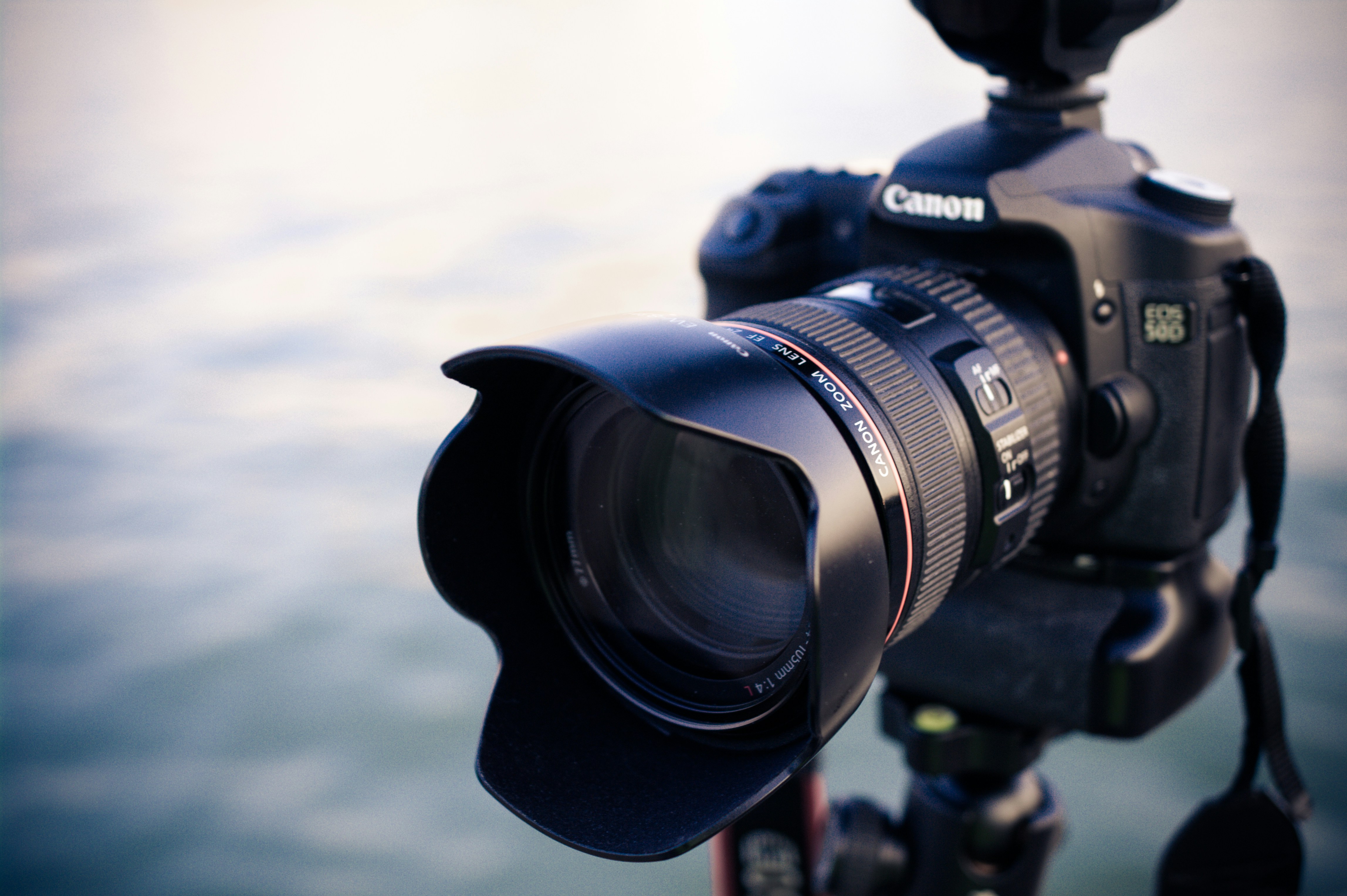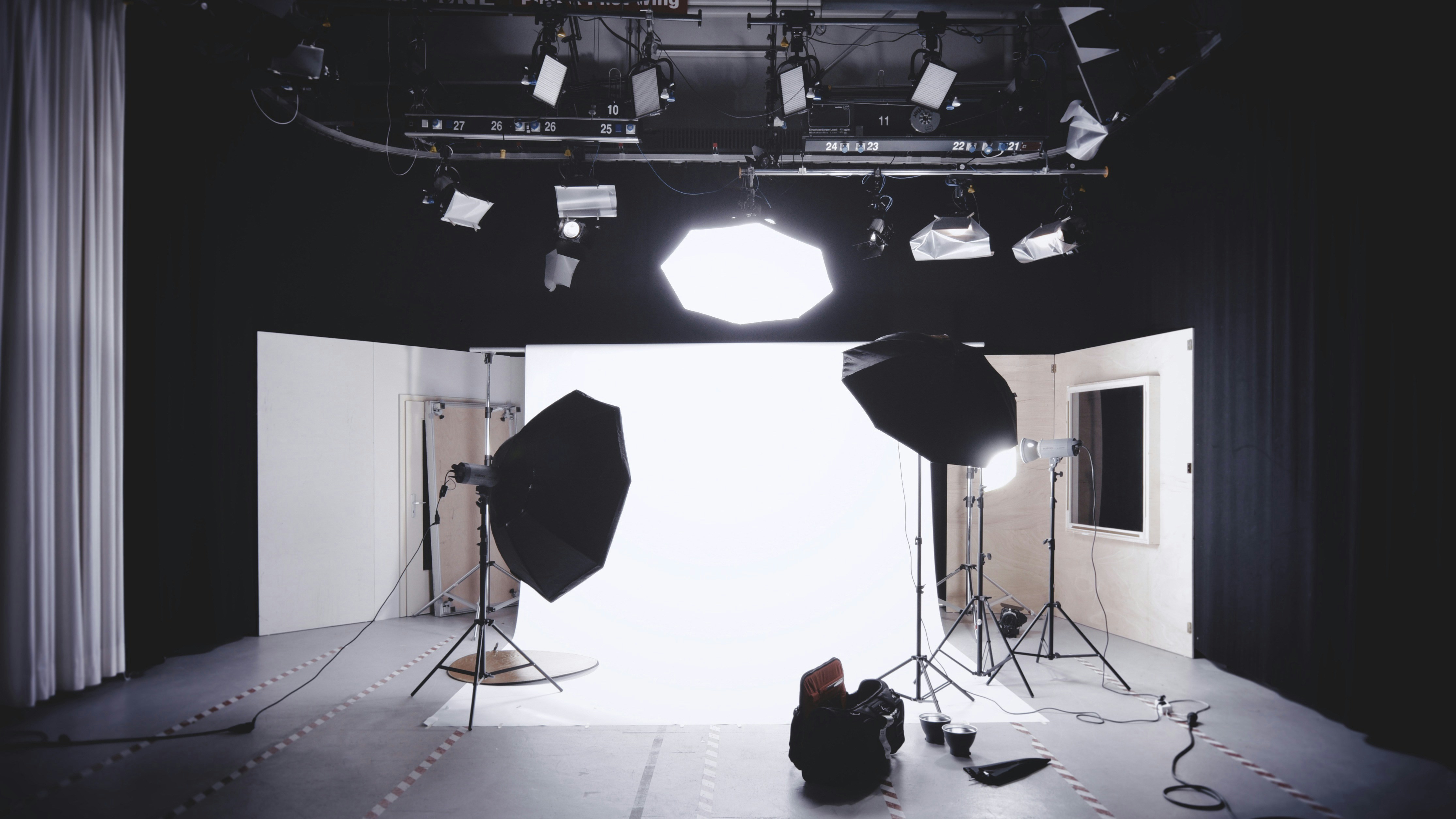In this exciting article, you will discover valuable wilderness photography tips straight from the experiences of a seasoned adventurer. Whether you are an avid hiker, a nature enthusiast, or simply love capturing breathtaking landscapes, these tips are sure to enhance your skills behind the lens. From understanding lighting techniques to mastering composition, this article is packed with practical advice that will empower you to capture the essence of the wilderness like never before. So grab your camera and get ready to embark on an unforgettable photographic journey through the untamed beauty of nature.
Choosing the Right Equipment
Invest in a Quality Camera
When it comes to wilderness photography, having a quality camera can make a significant difference in the outcome of your photos. While smartphones can capture some stunning images, investing in a dedicated camera gives you more control over the settings and allows you to capture higher resolution images. Look for a camera with a good sensor size, high megapixel count, and manual controls for exposure settings.
Consider the Weight and Size
In the wilderness, you need to prioritize portability and convenience. Carrying heavy and bulky equipment can quickly become tiring and restrict your freedom of movement. Look for cameras and lenses that are lightweight and compact, while still maintaining the image quality you desire. Consider mirrorless cameras, which are known for their smaller size and lighter weight compared to traditional DSLRs.
Pack Extra Batteries and Memory Cards
When venturing into the wilderness, it’s essential to be prepared for extended periods without access to electricity or the ability to buy new batteries. Pack extra fully charged batteries and memory cards to avoid running out of power or storage space during your adventures. It’s always better to have more than you think you’ll need, so you never miss a shot.
Mastering the Basics
Understand Exposure
A fundamental concept in photography is exposure, which refers to the amount of light that reaches the camera sensor. Understanding exposure and how to control it allows you to capture well-balanced and correctly exposed images. Learn about the three key elements of exposure: aperture, shutter speed, and ISO, and how they interact with each other.
Learn about Shutter Speed and Aperture
Shutter speed and aperture are essential settings that affect how your photos are exposed and the creative effects you can achieve. Experimenting with different shutter speeds can freeze action or create motion blur, while adjusting the aperture can control the depth of field, allowing you to highlight your subject or create a more immersive background.
Use the Rule of Thirds
The rule of thirds is a valuable composition technique that can greatly enhance the visual appeal of your photos. Imagine breaking an image into nine equal sections using two horizontal and two vertical lines. By placing your main subjects along these lines or at their intersections, you create a more balanced and visually pleasing composition.
Understanding Lighting
Make Use of Golden Hours
The golden hours, which occur shortly after sunrise and before sunset, are often regarded as the best times for outdoor photography. During these periods, the sunlight is softer, warmer, and casts beautiful, long shadows. Take advantage of this magical light to capture stunning landscapes and portraits with a soft, golden glow.
Avoid Direct Midday Sun
While the midday sun can create harsh and unflattering lighting conditions, it doesn’t mean you have to put your camera away. Instead, find areas with open shade or use diffusers and reflectors to soften the light. Alternatively, focus on close-up shots, such as details of plants or wildlife, which can often look more captivating under harsh lighting.
Experiment with Backlighting
Backlighting occurs when the main source of light is behind the subject. This creates a beautiful glow and can result in striking silhouettes or a halo effect. Experiment with backlighting during sunrise or sunset, allowing the warm light to illuminate your subject from behind and creating a captivating and ethereal atmosphere.
Composition Techniques
Find Leading Lines
Leading lines are elements within a photograph that guide the viewer’s eye towards the main subject. They can be natural, such as a pathway or a river, or man-made, like a fence or road. By incorporating leading lines into your composition, you create a sense of depth and draw the viewer’s attention to the focal point of your image.
Create Depth with Foreground
Including a prominent foreground element in your photo can add depth and draw the viewer into the scene. Look for interesting elements in the foreground, such as rocks, plants, or fallen logs, and use them to create a sense of scale and perspective. This technique can enhance the overall composition and make your photos more captivating.
Capture Unique Perspectives
To make your wilderness photos truly stand out, try to find unique perspectives. Don’t settle for the standard eye-level view; instead, experiment with different angles and heights. Get down low to capture interesting foreground details, or climb to higher vantage points for a bird’s-eye view. By exploring new perspectives, you can bring a fresh and exciting dimension to your photography.
Capturing Wildlife
Be Patient and Observant
Photographing wildlife in their natural habitat requires patience and a keen eye for detail. Animals may move quickly or hide, so it’s important to spend time quietly observing their behavior to anticipate their actions. Avoid sudden movements and noise that could startle or disturb the animals, and be ready with your camera when the perfect moment arises.
Use a Telephoto Lens
When photographing wildlife, it’s often necessary to maintain a safe distance to avoid disturbing them. A telephoto lens allows you to zoom in and capture detailed close-ups while maintaining a respectful distance. Look for lenses with a long focal length, such as 200mm or above, to bring your subjects closer and capture stunning wildlife portraits.
Focus on the Eyes
The eyes are often considered the window to the soul, and the same holds true for wildlife photography. By focusing on the animal’s eyes, you create a connection between the viewer and the subject. Ensure your camera’s autofocus is set to the eye detection mode, or manually adjust the focus to the eyes for sharp and captivating wildlife portraits.
Shooting Landscapes
Include a Focal Point
While vast landscapes can be breathtaking, they can also lack a clear subject or focal point. To create more engaging landscape photos, look for a standout element that can serve as the main subject. It could be a prominent tree, a unique rock formation, or a vibrant wildflower. By including a focal point, you provide the viewer with a point of interest and guide their eyes through the scene.
Utilize Wide-angle Lenses
Wide-angle lenses are perfect for capturing expansive landscapes and creating a sense of depth and scale. These lenses have a broader field of view, allowing you to include more of the scene in a single frame. Experiment with different focal lengths to find the ideal balance between capturing the vastness of the landscape and highlighting smaller details.
Experiment with Different Perspectives
Don’t be afraid to get creative when shooting landscapes. Instead of always photographing from eye-level, try different perspectives to add variety and interest to your photos. Get low to the ground to emphasize textures and patterns, or climb to higher positions to capture a unique bird’s-eye view. By exploring different angles, you can capture landscapes in new and captivating ways.
Dealing with Outdoor Conditions
Protect Your Camera from Elements
When shooting in the wilderness, your camera is exposed to various environmental elements, such as rain, dust, and extreme temperatures. Invest in a durable and weather-sealed camera body and lenses to protect your gear from moisture and debris. Additionally, consider using a protective camera bag or cover to shield it from the elements when not in use.
Be Prepared for Changing Weather
Weather conditions in the wilderness can change rapidly, so it’s crucial to be prepared. Always check the weather forecast before heading out and dress accordingly. Carry essential items like rain gear, insulated layers, and sunscreen to protect yourself from the elements. Being prepared for changing weather ensures you can continue capturing stunning photos in any conditions.
Adjust Settings for Harsh Light or Low Light
Depending on the time of day and lighting conditions, you may need to adjust your camera settings to optimize your photos. In harsh light, consider using a smaller aperture to limit the amount of light entering the camera. In low light situations, increase your ISO or use a slower shutter speed to allow more light to reach the sensor. Experiment with different settings to achieve the desired exposure and mood.
Editing and Post-processing
Organize and Backup Your Photos
Proper organization and backup of your photos are essential for preserving your precious memories. Create a systematic filing system and organize your photos into folders based on location, date, or subject. Regularly back up your files to an external hard drive or cloud storage service to protect them from loss or accidental deletion.
Use Lightroom or Photoshop for Editing
Editing software can help you enhance the quality and creative potential of your photos. Adobe Lightroom and Photoshop are popular programs used by many photographers for post-processing. Lightroom offers intuitive tools for adjusting exposure, colors, and contrast, while Photoshop allows for more in-depth retouching and creative editing. Experiment with different editing techniques to bring out the best in your photos.
Enhance Colors and Contrast
One way to make your wilderness photos pop is by enhancing the colors and contrast. Use editing tools to adjust the white balance, saturation, and vibrancy to make the colors more vibrant and accurate. Play with the contrast settings to increase the visual impact of your images. Remember to edit in moderation to maintain a natural and realistic look, while still adding that extra bit of wow factor.
Safety and Respect for Nature
Leave No Trace
When photographing wildlife and nature, it’s crucial to follow the principles of Leave No Trace. Minimize your impact on the environment by refraining from picking flowers, disturbing wildlife, or leaving litter behind. Stay on designated trails to avoid trampling fragile vegetation and respect any signage or guidelines set by the park or wilderness area.
Respect Wildlife and Their Habitat
While it can be tempting to get closer to wildlife for a better photo, it’s important to respect their space and behavior. Observe animals from a distance and avoid disturbing their natural routines. Respect their habitat by not venturing off-trail or leaving any food or trash that could negatively impact their environment.
Stay on Marked Trails for Safety
Venturing into the wilderness can be exciting, but safety should always be a priority. Stick to marked trails for your own wellbeing and to avoid damaging delicate ecosystems. Trails are designed to lead you through safe areas, reducing the risk of getting lost or encountering dangerous wildlife. Always inform someone of your plans and carry a map and other emergency essentials.
Building Your Photography Skills
Practice Regularly
Like any skill, photography improves with practice. Make a habit of taking your camera with you whenever you go outdoors, even if it’s just for a walk in your neighborhood. Challenge yourself to photograph different subjects and experiment with different settings and techniques. The more you practice, the more intuitive and enjoyable photography will become.
Learn from Photography Books and Guides
Expand your knowledge and skills by reading photography books, magazines, and online guides. There are countless resources available that cover various topics, from technical aspects to artistic composition. Take advantage of the collective wisdom and experiences of seasoned photographers to develop your style and improve your craft.
Join Photography Workshops or Tours
Photography workshops and tours provide a valuable opportunity to learn from experts and fellow enthusiasts. Look for workshops led by professional wilderness photographers who can share their knowledge and guide you in capturing stunning images. These experiences not only enhance your skills but also offer a chance to connect with like-minded individuals and build lasting friendships.
By following these comprehensive wilderness photography tips, you can capture breathtaking images of nature, wildlife, and landscapes while respecting the environment and honing your photography skills. Remember, practice and patience are key, so get out there and start exploring the wonders of the wilderness through your lens!










